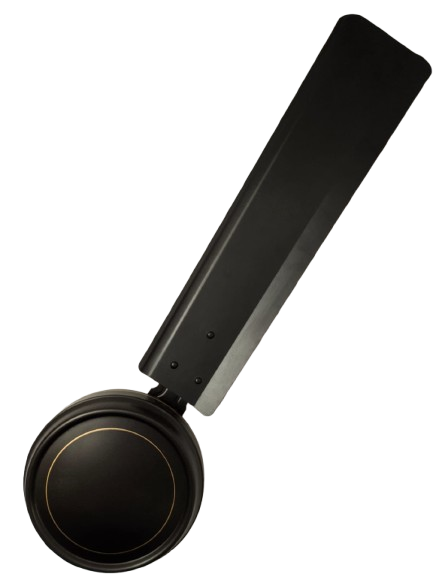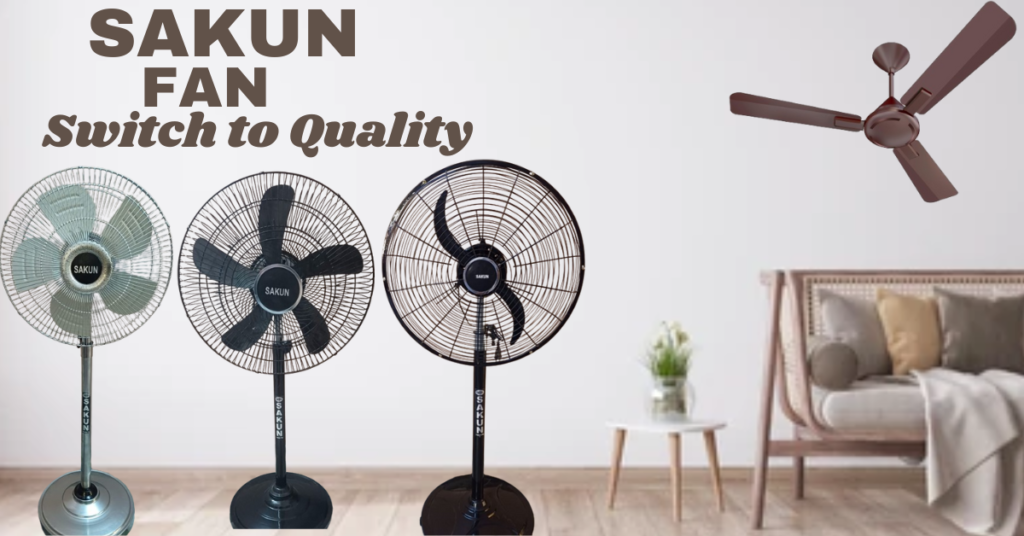Best Energy Efficient BLDC Fan vs Traditional fans in 2025: An In-Depth Guide
Bldc fan as energy prices keep on increasing and the world becomes increasingly environmentally conscious, demand for energy-saving appliances has never been higher. Ceiling fans, so often underappreciated, are a critical component of keeping homes cooled down and can make huge contributions towards reducing energy consumption if selected correctly. In 2025, there is no shortage of smart ceiling fans that focus on energy efficiency without trading off performance or design. This in-depth guide explores the most important features, technologies, and brands that are defining the future of energy-efficient ceiling fans in 2025.
The Emergence of BLDC Motors
One of the greatest technological breakthroughs in ceiling fans is the mass production of Brushless Direct Current (BLDC) motors. BLDC motors are unlike conventional AC motors, as they provide better energy efficiency and consume up to 65% less power. The motors are also quieter, leading to a quiet environment. By 2025, BLDC motors are now the norm for most energy-saving ceiling fans, providing customers with an attractive combination of performance and cost savings.
Key Features to Look For
When choosing an energy-efficient ceiling fan in 2025, look for the following important features:
BLDC Motor: As discussed above, a BLDC motor is essential to optimize energy savings. Check for fans that specifically mention using BLDC technology.
Energy Star Certification: ENERGY STAR is a certification program of the U.S. Environmental Protection Agency that certifies products that have met certain energy efficiency standards. Selecting an ENERGY STAR certified ceiling fan means that you are purchasing a product that has passed strict standards for energy performance.
Airflow Efficiency: Expressed in cubic feet per minute per watt (CFM/W), airflow efficiency signifies the amount of air a fan moves for each watt of electrical energy it requires. The more energy-efficient it is, the higher the CFM/W.
Blade Design: Fan blade design and material are crucial to airflow and efficiency. Aerodynamically shaped blades constructed of light materials can improve air flow while reducing energy usage.
Size and Number of Blades: The number and size of blades must be proportionate to the size of the room. Utilizing a fan of the correct size will provide maximum airflow with minimal energy consumption.
Smart Features: Most contemporary ceiling fans have smart features such as Wi-Fi connectivity, enabling you to remotely adjust the fan speed and settings via a smartphone application or voice command. Some models even support smart home systems for automatic control in accordance with room temperature or presence
Top Brands and Models
Several brands have emerged as leaders in the energy-efficient ceiling fan market in 2025. Here are some of the top contenders:
Atomberg: A popular Indian brand known for its energy-saving BLDC fans, Atomberg has a vast array of models with stylish designs and intelligent features. Its fans are very well-known for their performance and value for money.
Orient Electric: A well-known Indian brand with a wide network of service stations, Orient Electric provides a comprehensive variety of energy-saving ceiling fans, such as BLDC motor models, remote control models, and aerodynamic blade models.
Havells: Another popular Indian brand, Havells offers premium ceiling fans with advanced features like BLDC motors, silent operation, and unique blade designs. Their fans are known for their durability and aesthetics.
Crompton: A highly established Indian company with a long legacy, Crompton provides premium ceiling fans with anti-dust technology, silent design, and energy-efficient motors.
Usha: A quality Indian brand known for its heritage, Usha provides a variety of models with energy-saving motors, high air delivery, and quiet operation.
Selecting the Appropriate Fan for Your Application
Choosing the most energy-efficient ceiling fan for your house is a function of many factors, such as room size, ceiling height, décor, and budget. Use the following tips to guide you in making the right choice:
Measure the room: Measure the room in square footage to find the right fan size.
Take ceiling height into consideration: For high-ceilinged rooms, select a fan with a longer downrod to provide maximum airflow.
Match the décor: Choose a fan that matches the interior design and color scheme of the room.
Establish a budget: There are energy-efficient fans at different price ranges. Decide on your budget first to limit your choices.
Read reviews: Read online reviews and ratings to determine the performance and reliability of various fan models.
Outside the Fan: Optimizing Energy Efficiency
Although the selection of an energy-saving ceiling fan is important, there are several more methods to optimize energy savings:
Utilize fans in combination with air conditioning: Ceiling fans will not cool the air but move it around, providing a wind-chill effect that cools the room. This makes it possible to keep your air conditioner on a higher temperature, conserving energy.
Switch off fans when not occupied: Fans use power even when there is no one in the room. Ensure that you switch them off when you exit the room to prevent wastage of power.
Clean fans often: Dust accumulation on fan blades may impair the performance of the fans and compromise airflow efficiency. Clean your fans often to have them function efficiently.
Consider natural ventilation: Whenever possible, open windows and doors to allow for natural ventilation. This can reduce the need for air conditioning and fan usage.
The Future of Energy-Efficient Ceiling Fans
The future of ceiling fans when it comes to being energy-efficient is bright, and technology, as well as design, continues to evolve. More efficient motors, more intelligent features, and clever blade designs are what we can look forward to in the future. Sustainability will also influence the creation of fans from renewable materials and produced through eco-friendly processes. With the importance of energy efficiency growing, ceiling fans will continue to be a crucial part of creating comfortable and sustainable homes.
A traditional fan offers basic on/off and speed control, usually via pull chains or a wall switch. A smart fan adds connectivity and advanced features, often controllable through a smartphone app, voice commands, or integration with smart home systems.
Smart fans offer convenience, enhanced control, automation, and often energy-saving features. You can adjust settings remotely, create schedules, integrate with other smart devices, and sometimes even monitor energy usage.
Traditional fans are typically more affordable upfront and simpler to operate. They don’t require any complex setup or network connectivity.
Smart fans generally cost more than traditional fans due to the added technology and features. The price difference can vary depending on the brand and specific smart capabilities.
Common smart features include: Wi-Fi connectivity, app control, voice control (Alexa, Google Assistant, etc.), scheduling, timer functions, integration with smart home platforms, and sometimes even temperature or humidity sensors.
Many smart fans also offer alternative control methods, such as a physical remote control or wall switch. Some might even have basic controls on the fan itself.
Smart fans can contribute to energy savings through features like scheduling (turning off when you’re away), integration


